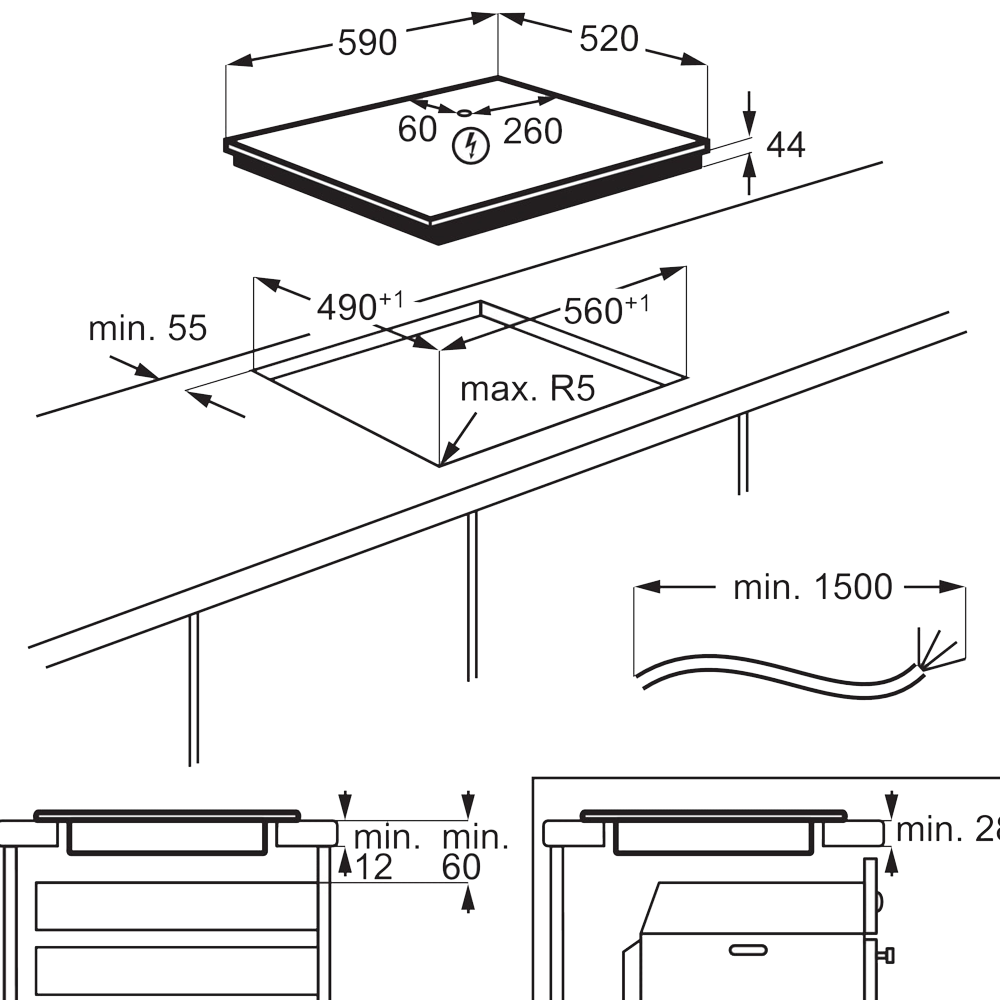Transport P911 LP906
Transport P911 LP906 CELLS AND BATTERIES DAMAGED & DEFECTIVE – Critical Liable to dangerously react during transport Applies to: Lithium ion and lithium metal cells and batteries, damaged or defective, including those contained in equipment, liable to dangerously react during transport UN No., Proper Shipping Name UN 3090, LITHIUM METAL BATTERIES or UN 3091, LITHIUM
Transport P911 LP906 Read More »
Transport P908 LP904
Transport P908 LP904 CELLS AND BATTERIES DAMAGED & DEFECTIVE – Not Critical Non liable to dangerously react during transport Applies to: Lithium ion and lithium metal cells and batteries, damaged or defective, including those contained in equipment UN No., Proper Shipping Nam UN 3090, LITHIUM METAL BATTERIES or UN 3091, LITHIUM METAL BATTERIES CONTAINED IN
Transport P908 LP904 Read More »
LP903 – P903 Lithium Metal Cells
LP903 – P903 Lithium Metal Cells S’applique à : Piles au lithium métal dont la teneur en lithium métal est supérieure à 1 g/cellule IATA uniquement : Piles au lithium métal dont la teneur en lithium métal n’excède pas 1 g/cellule transportées en quantités supérieures à la Allocation permise N° ONU, Propre Nom de transport
LP903 – P903 Lithium Metal Cells Read More »
Sodium Ion and Lithium Ion batteries
Sodium Ion and Lithium Ion batteries Difference between a Sodium Ion battery and a Lithium Ion battery It’s hard to choose between sodium and lithium batteries without knowing what you’re getting. Technology presentations are often linked to their production costs and not to their uses, so we’re going to talk about these 2 subjects separately.
Sodium Ion and Lithium Ion batteries Read More »
Shellfish farming and renewable energies
Shellfish farming and renewable energies Conchyliculteurs (shellfish farmers) for oysters, mussels, flat oysters, clams and cockles are increasingly confronted with climatic and regulatory conditions that require them to make adjustments to reduce air emissions and adapt to climates. Regulations imposed by the European Union require farmers to install systems that take advantage of renewable
Shellfish farming and renewable energies Read More »
Arboriculture and Lithium batteries
Arboriculture and Lithium batteries Arboriculture is part of our daily lives, so that fruit trees can thrive. Pruning trees makes them more productive, and all with new, hand-held equipment that’s easier to handle and more comfortable to use. Lithium batteries are presented in different ways for this type of equipment: removable batteries on the
Arboriculture and Lithium batteries Read More »
Aquaculture and Lithium batteries
Aquaculture and Lithium batteries Lithium batteries will be tomorrow’s world for aquaculture, with major advances already underway. For several years, and even more so now, shipyards have been offering hybrid boats that considerably reduce fuel consumption. You can simulate the power split between electric and fuel engines for boats here. A forerunner in the use
Aquaculture and Lithium batteries Read More »
Lithium Battery Logistics
Lithium-ion batteries play an important role in the climate and ecology as their production continues to increase. At the same time, their recycling is increasingly important due to the circular economy, life cycle safety and environmental impact. In addition, the European Union requires the use of recycled materials. The biggest difficulty in recycling is to
Lithium Battery Logistics Read More »
Lithium Battery Nomenclature
Lithium Battery Nomenclature Aging Loss of capacity due, for example, to loss of lithium ions or spallation of anodes. This may be due to use (charging and discharging) and/or open circuit rest (calendar aging) Anode The positive electrode. In lithium-ion batteries, these are most often small particles of graphite. Battery The complete energy storage unit
Lithium Battery Nomenclature Read More »

